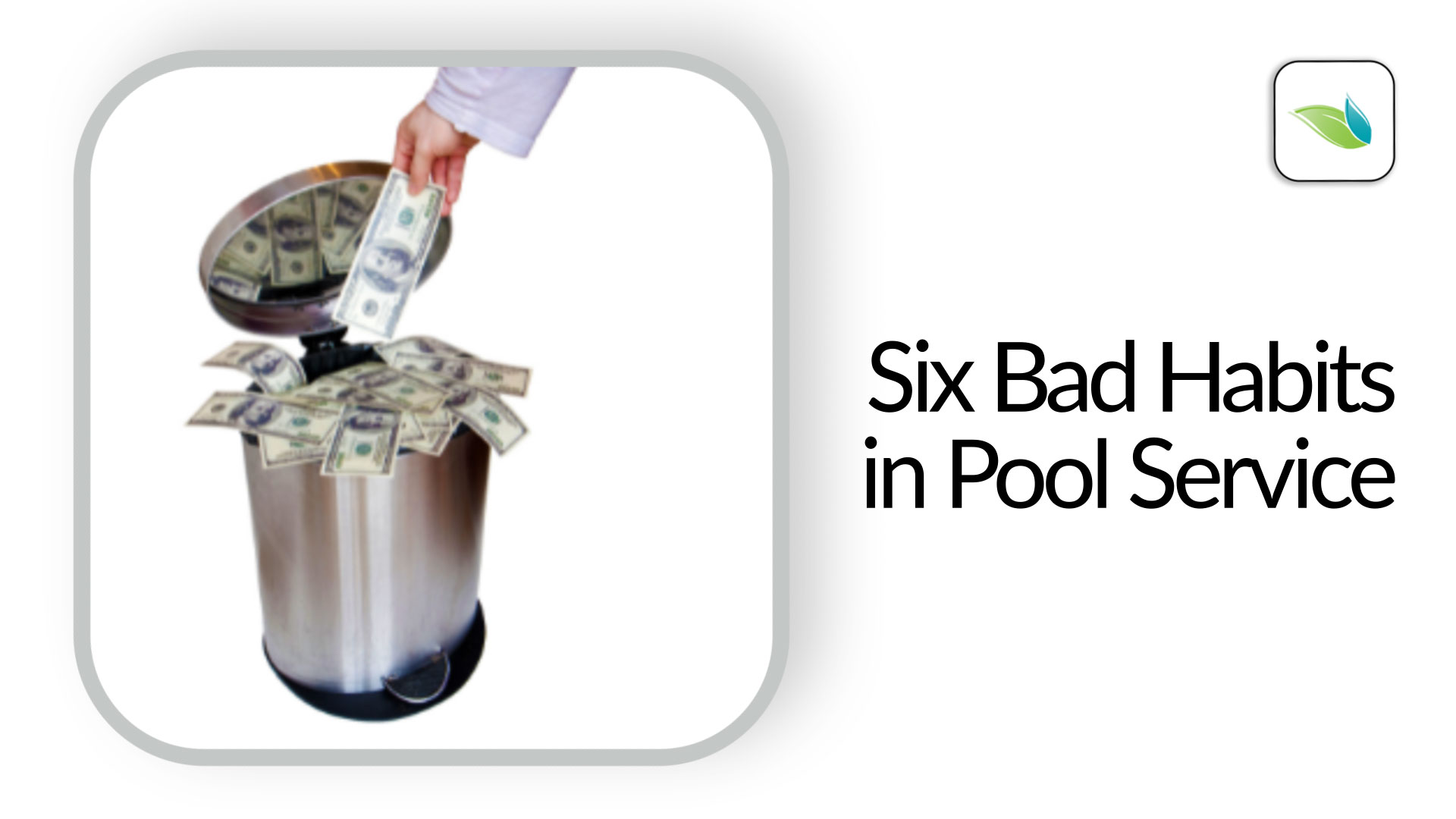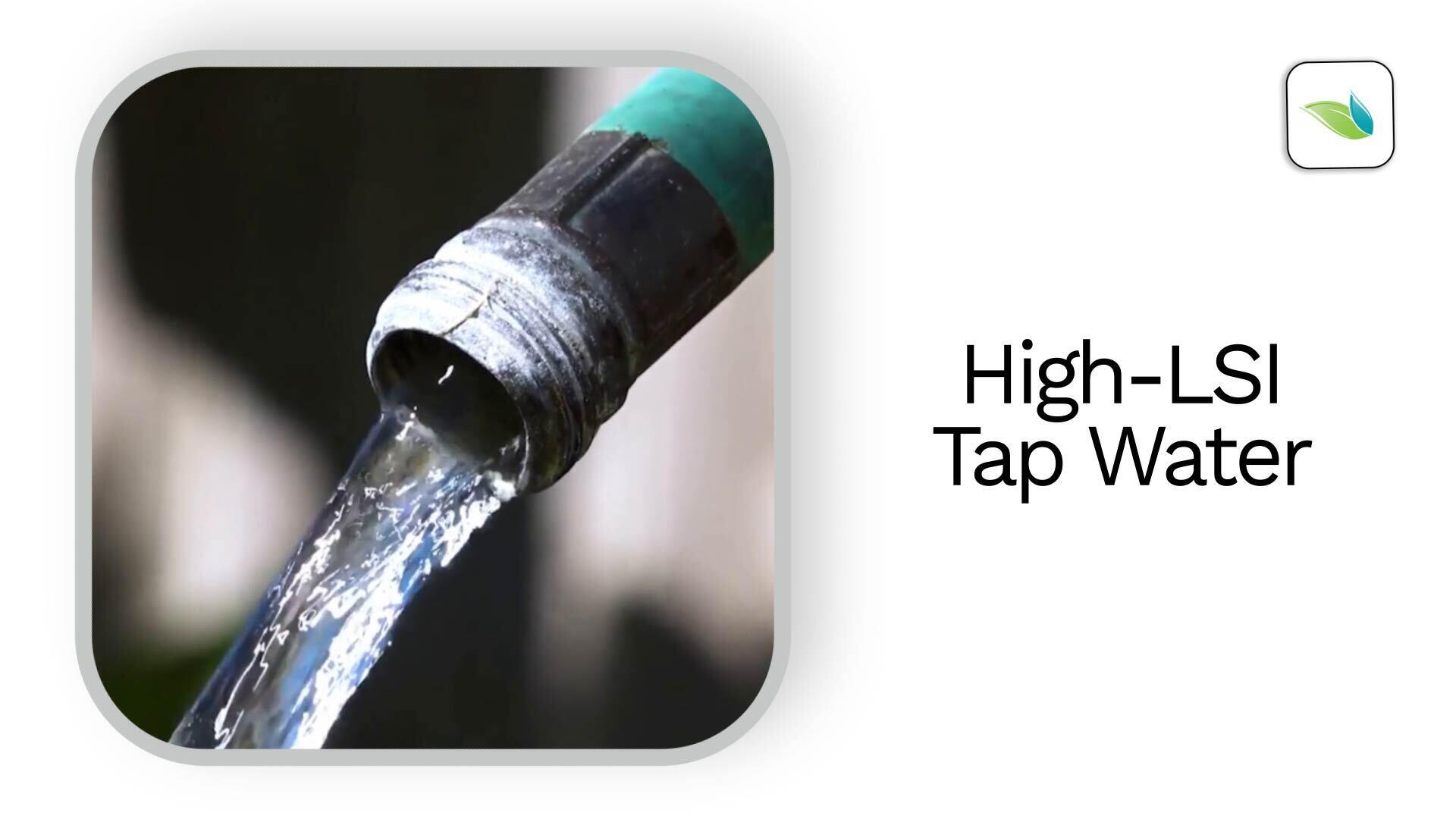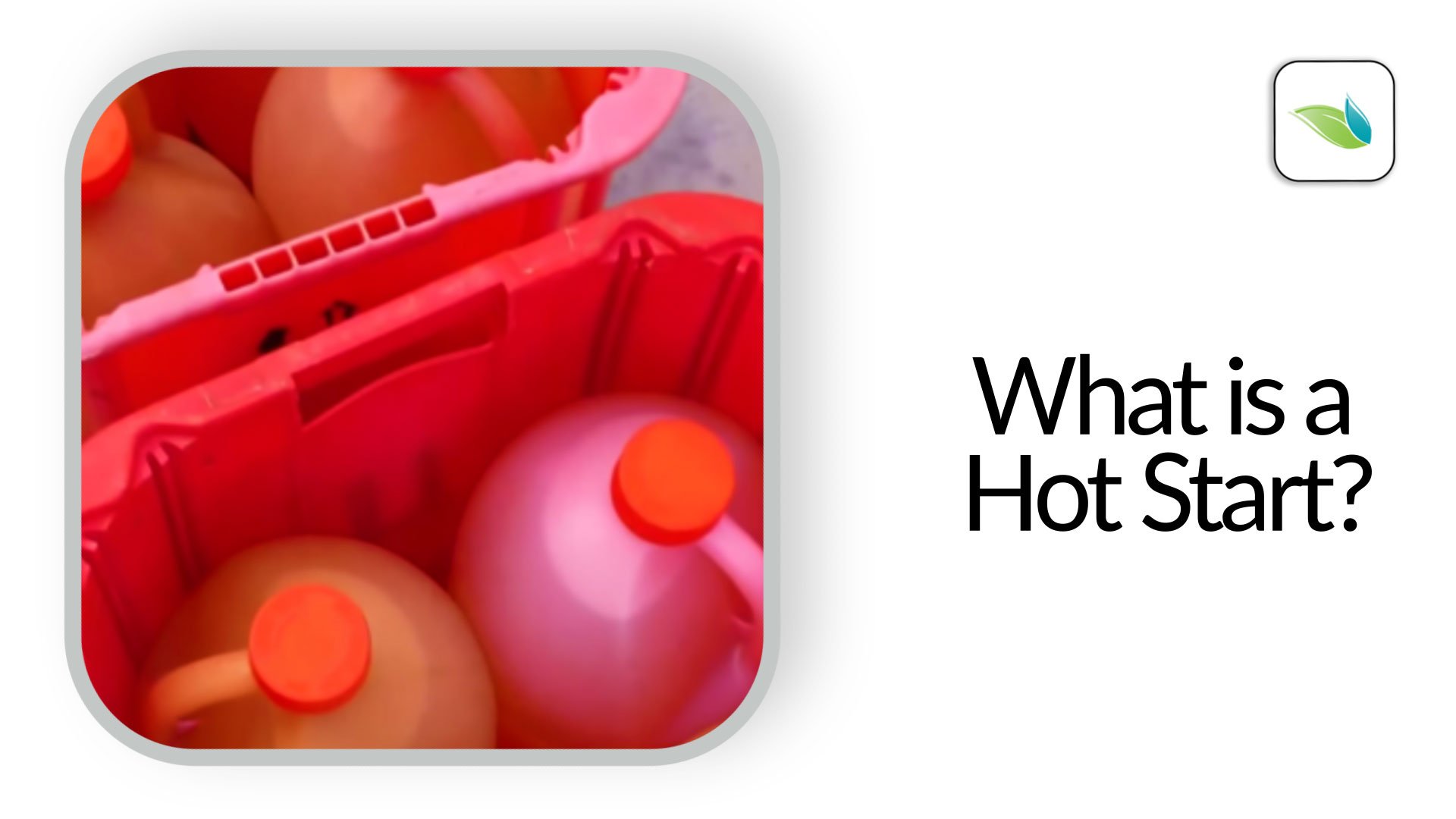Understanding Metal Corrosion in Pools
Metal corrosion is common in and around swimming pools, but what is corrosion? This article explains the chemistry and offers some examples. For a deeper dive into the science, you can read the full article here, where the focus is on indoor swimming pools and stainless steel corrosion.

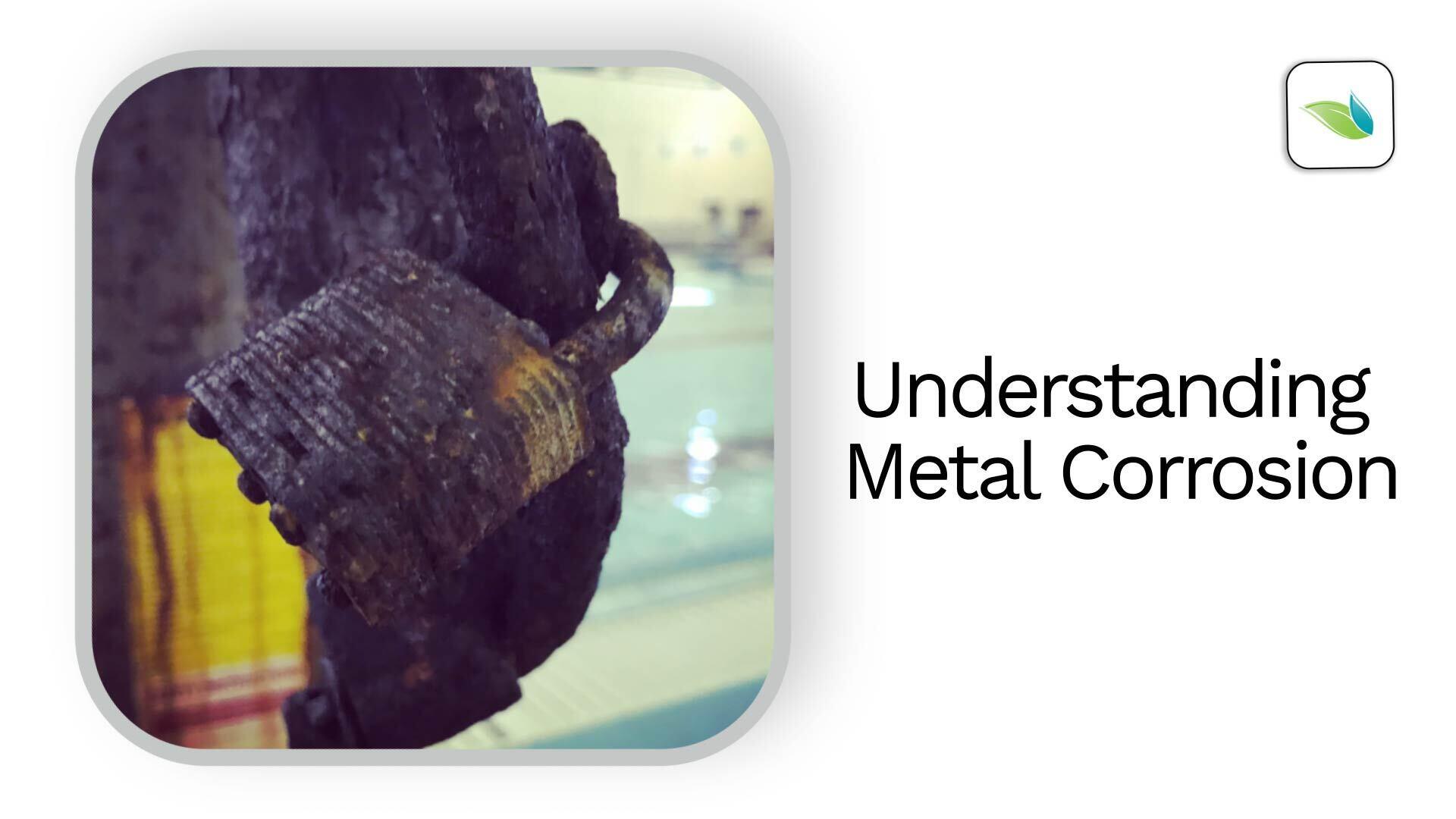
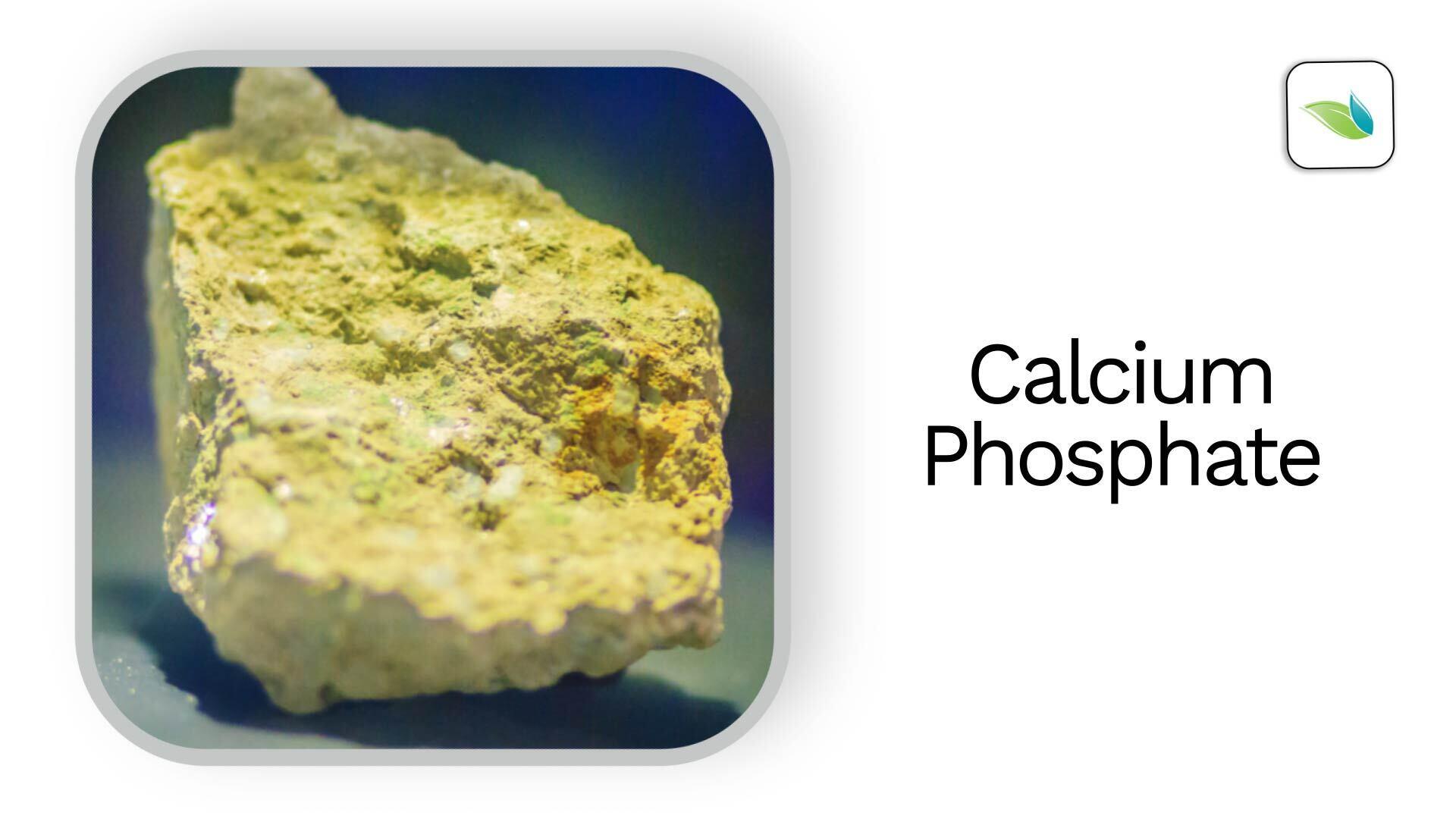
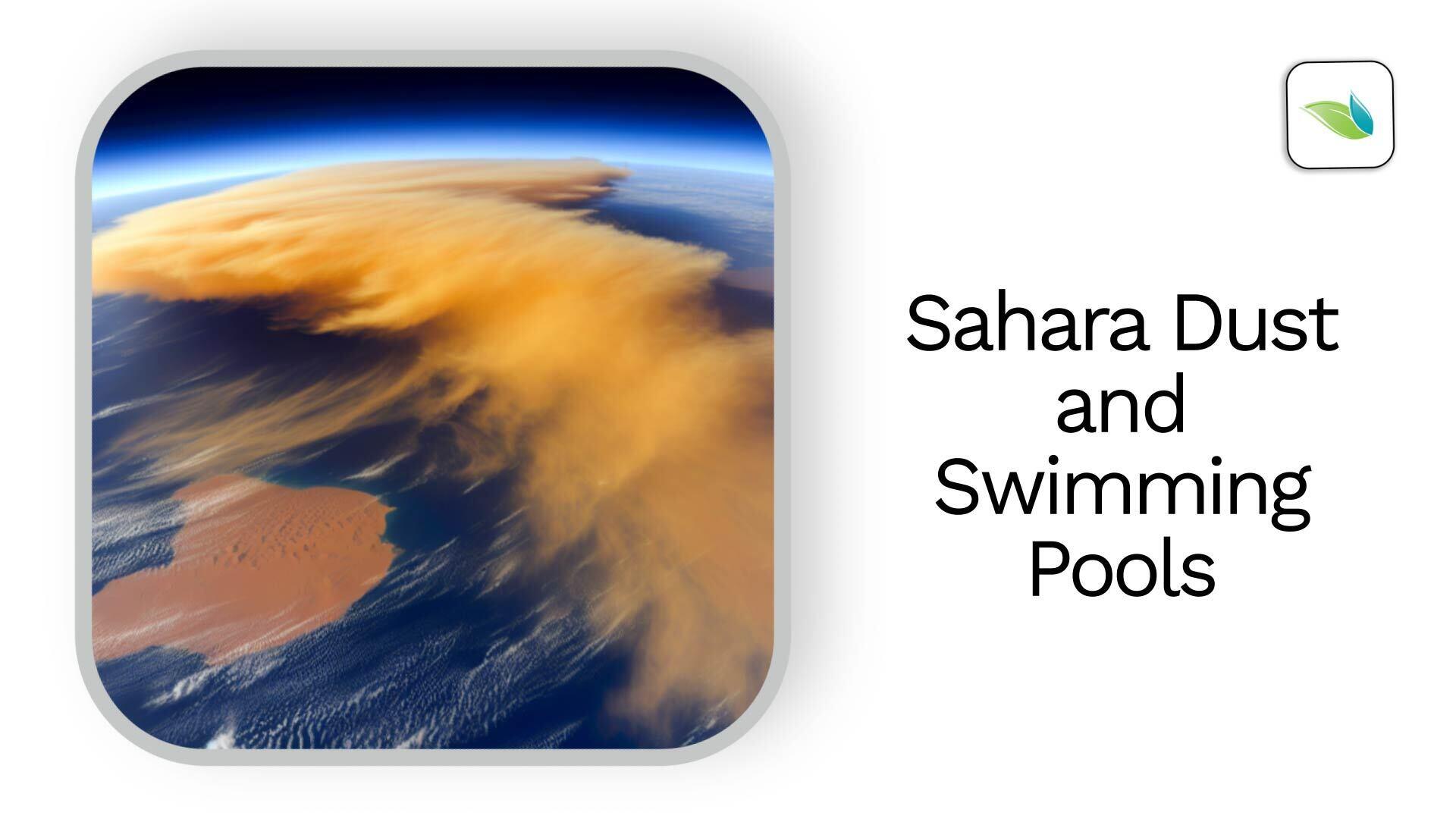
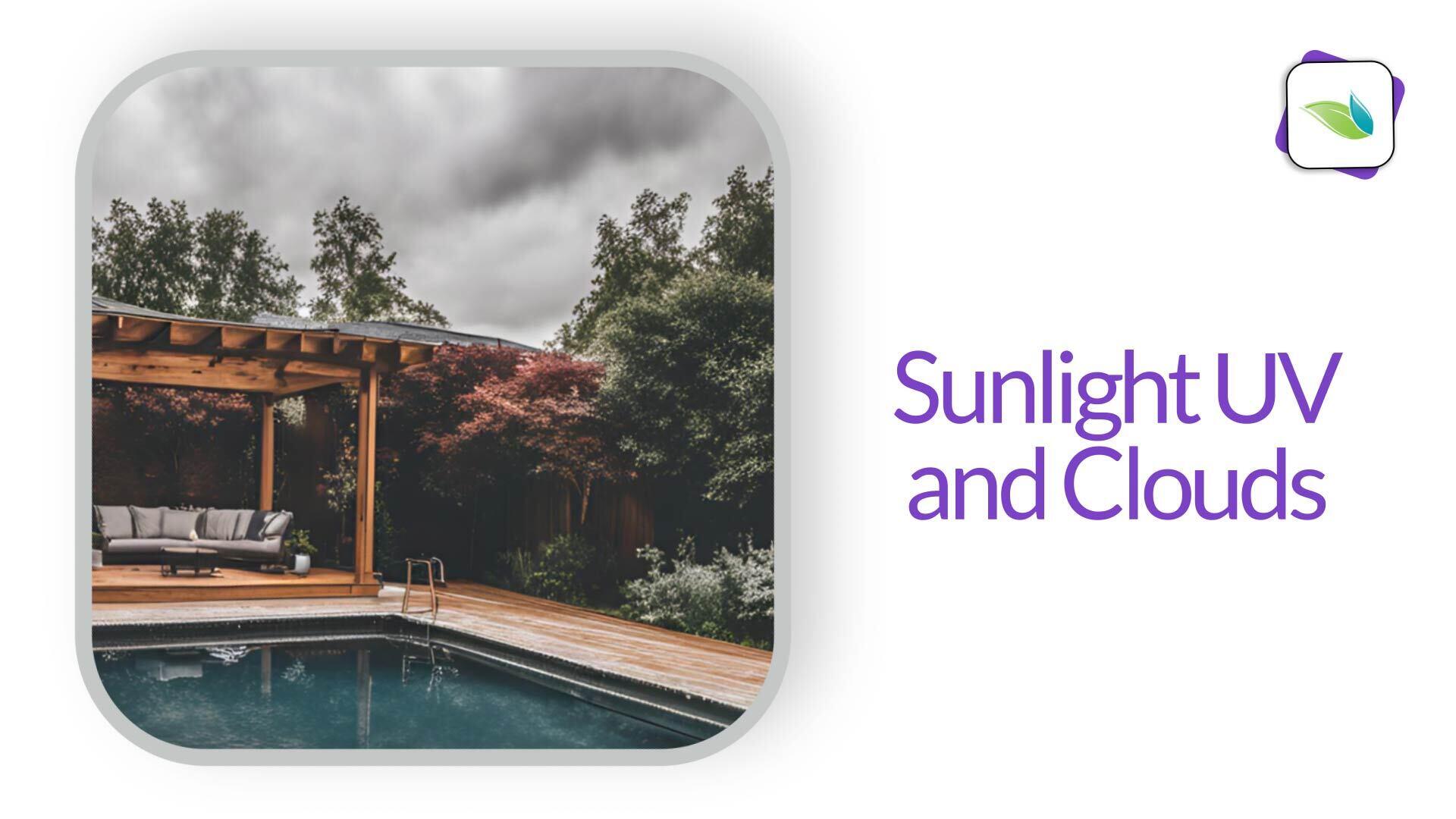
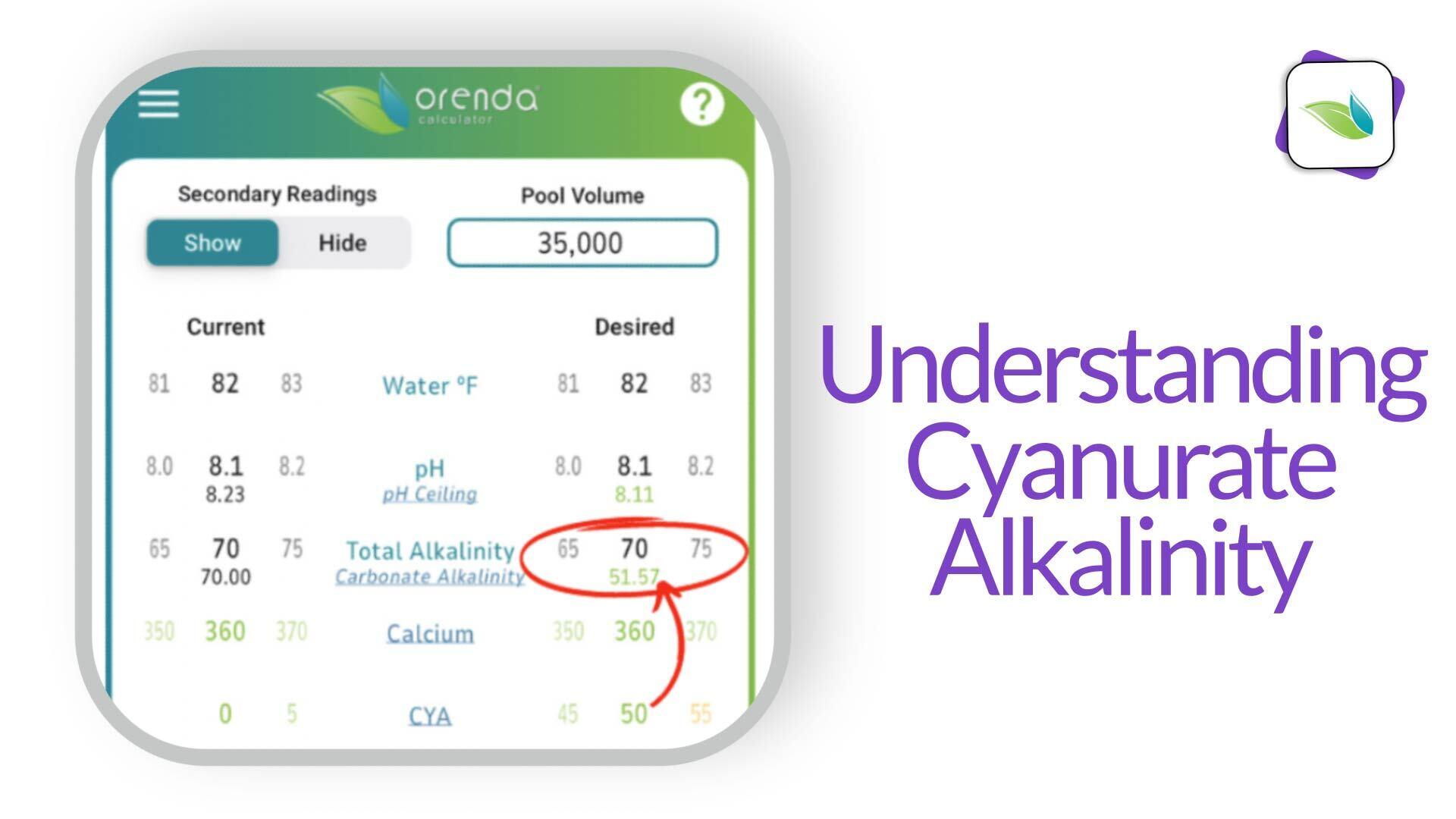
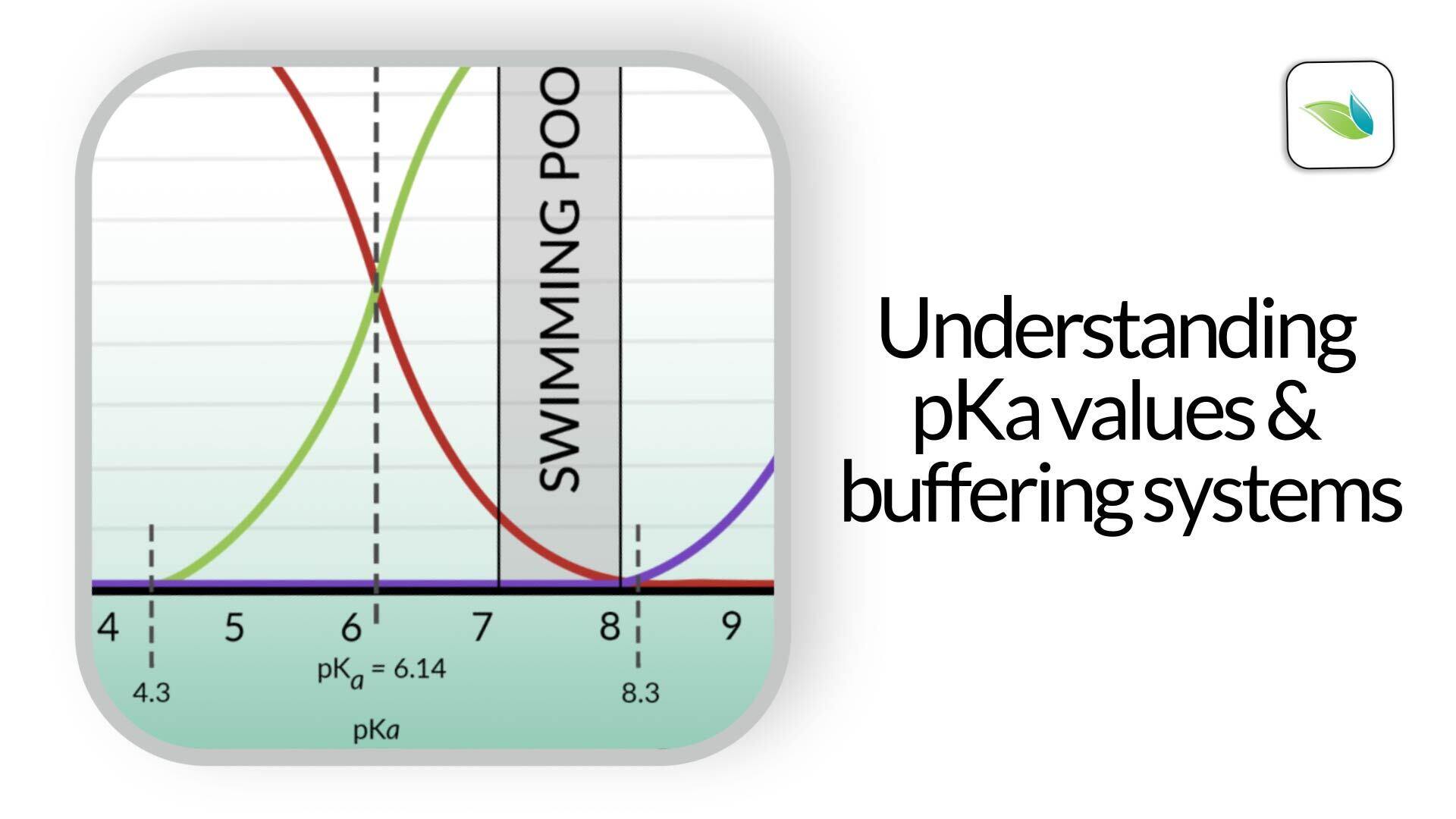
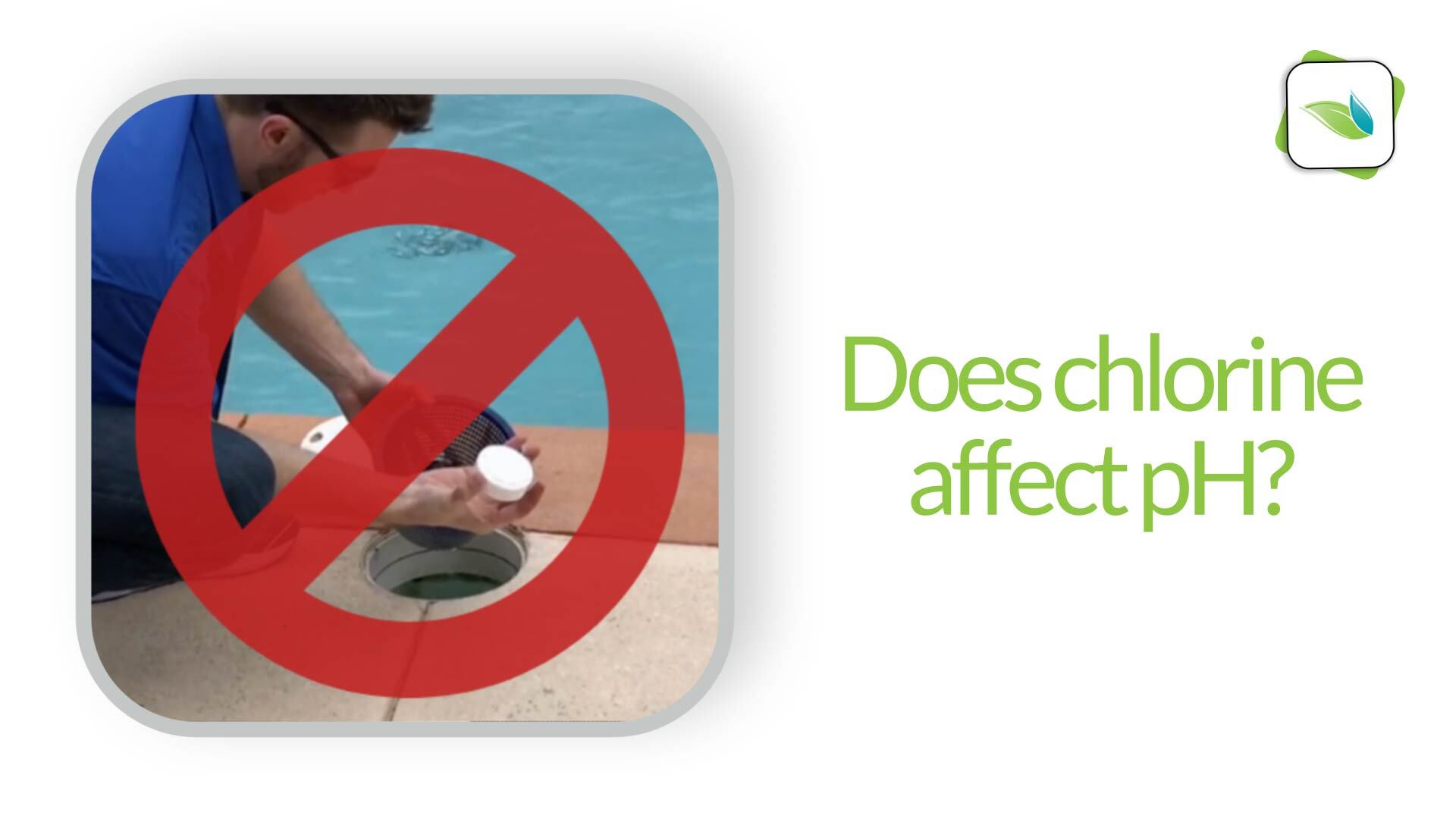
_English_v1_00139.jpg)
